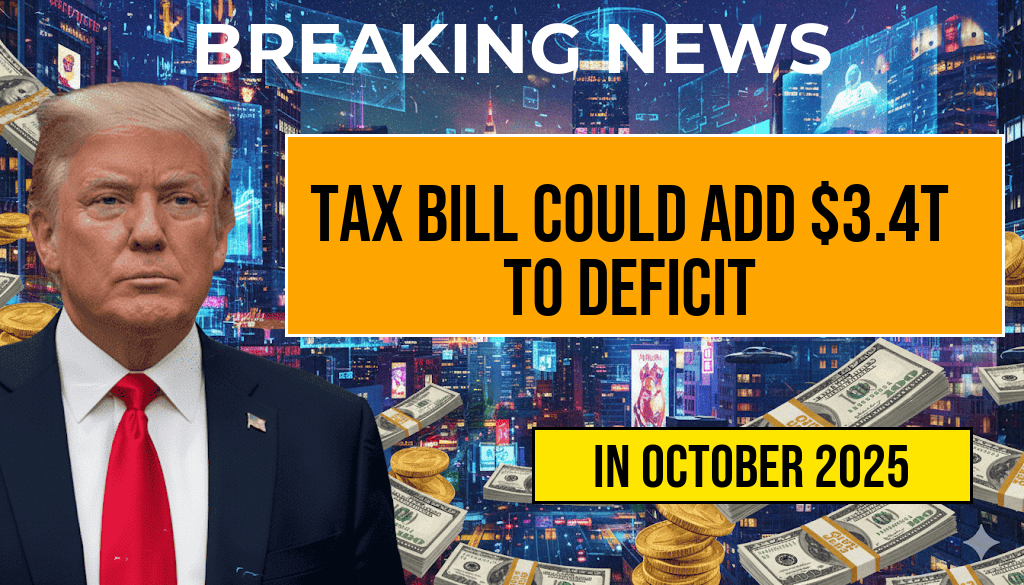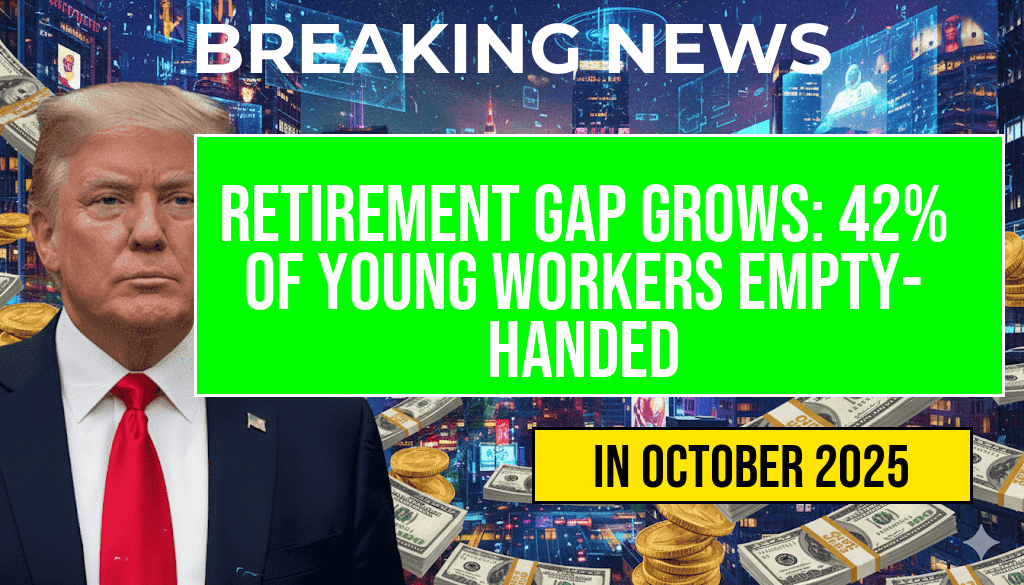The proposed legislation dubbed the “One Big Beautiful Bill” has ignited concern among fiscal analysts and policymakers due to its potential to significantly inflate the national deficit. Experts warn that if enacted as currently drafted, the bill could add approximately $3.4 trillion to the federal deficit over the next decade. This projection raises questions about the bill’s economic impact, especially considering the current size of the U.S. national debt, which surpasses $31 trillion. Critics argue that the bill’s expansive spending measures and tax provisions lack sufficient offsets, risking long-term fiscal stability. Supporters contend that the bill addresses critical infrastructure and social needs, but the debate over its financial sustainability continues to intensify.
Understanding the Financial Implications of the ‘One Big Beautiful Bill’
What Does the Bill Include?
- Massive investments in infrastructure, totaling over $1.2 trillion
- Expanded social programs aimed at healthcare, education, and housing, adding approximately $600 billion
- Tax relief measures targeted at middle-income families and small businesses
- Provisions for climate change initiatives, estimated to cost $400 billion
- Additional spending on research and development, roughly $300 billion
Projected Impact on the Federal Budget
| Component | Cost (in trillions of dollars) |
|---|---|
| Spending Initiatives | $2.5 |
| Tax Revenue Losses | $1.1 |
| Net Increase in Deficit | $3.4 |
Experts emphasize that the bill’s revenue provisions, including tax cuts and credits, do not fully offset the new spending, resulting in a projected $3.4 trillion increase in the deficit over a decade. This figure aligns with analyses by the Congressional Budget Office (CBO), which cautions that such a surge could exacerbate long-term fiscal challenges if not managed carefully.
Economic Concerns and Political Reactions
Risks to Fiscal Stability
Economists warn that a significant increase in the deficit could lead to higher borrowing costs and increased dependence on foreign creditors. Historically, sustained deficits above manageable levels can undermine investor confidence, potentially triggering inflationary pressures and reducing the government’s ability to respond to future crises.
Partisan Divisions
Republicans generally criticize the bill for its expansive spending, arguing that it could worsen inflation and lead to unsustainable debt levels. Democratic supporters, meanwhile, emphasize the bill’s investments in long-term growth and social equity, asserting that the economic benefits will outweigh the costs. The political tug-of-war underscores the challenge in balancing fiscal responsibility with policy priorities.
Expert Opinions and Broader Context
Analysts Weigh In
Financial analysts from institutions such as the Federal Reserve and independent think tanks have expressed concern over the bill’s potential to strain the nation’s fiscal health. Dr. Lisa Simmons, an economist at the Heritage Foundation, notes, “While targeted investments are necessary, the scale of spending proposed risks creating a debt spiral that could hamper economic growth.” Conversely, some argue that strategic investments could boost productivity and tax revenues in the long run, mitigating deficit concerns.
Historical Perspective
Similar large-scale fiscal measures in the past, such as the Affordable Care Act and the COVID-19 relief packages, initially contributed to deficit increases but also spurred economic recovery. However, experts caution that the current proposal’s unprecedented scope requires careful fiscal planning to prevent long-term imbalances.
Looking Ahead
The debate over the “One Big Beautiful Bill” underscores the ongoing tension between fiscal prudence and policy ambition. As lawmakers deliberate, the potential for substantial deficit expansion remains a critical point of concern, especially amid uncertain economic conditions. Stakeholders are closely watching how the bill’s provisions will be financed, whether through new revenue measures or strategic cuts elsewhere, to prevent the burgeoning debt from undermining future economic stability.
For additional insights into the bill’s fiscal implications and political debates, readers can explore resources from Wikipedia’s page on the U.S. national debt and analyses from Forbes.
Frequently Asked Questions
What is the main concern highlighted in the article regarding the ‘One Big Beautiful Bill’?
The primary concern is that the ‘One Big Beautiful Bill’ could potentially increase the national deficit by approximately 3.4 trillion dollars, raising questions about its fiscal impact.
How might the bill affect the overall fiscal stability of the country?
The bill’s potential to add 3.4 trillion dollars to the deficit could challenge the fiscal stability of the nation, possibly leading to higher interest rates and increased public debt.
Who are the primary stakeholders concerned about this deficit increase?
Key stakeholders include taxpayers, fiscal policymakers, economists, and government officials who are concerned about the long-term economic health and budget sustainability.
What are the potential economic implications if the bill passes?
If enacted, the bill could lead to a significant increase in the deficit, possibly resulting in higher borrowing costs, inflationary pressures, and challenges to public debt management.
Are there any recommended actions for taxpayers in response to this bill?
Taxpayers should stay informed about legislative developments, consider consulting with financial advisors for personal fiscal planning, and advocate for fiscal responsibility to mitigate potential negative impacts.






